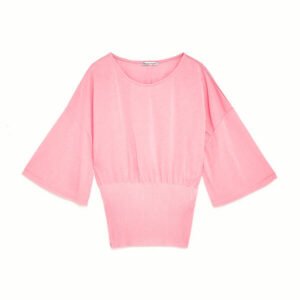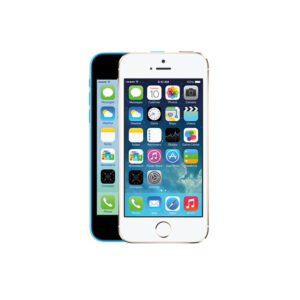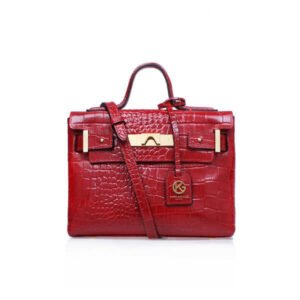Selecting your first Digital Audio Workstation (DAW) is an exciting step in your music production journey. A DAW is software that allows you to record, edit, and produce audio files. It’s the central hub for creating music, whether or not you are composing, mixing, or mastering. With so many options available, choosing the best one will be overwhelming, especially for beginners. This guide aims to simplify the process by highlighting key factors to consider when choosing your first DAW.
1. Define Your Goals and Needs
Earlier than diving into the specifics of different DAWs, it’s crucial to understand your own goals and needs. Are you interested in producing electronic music, recording live instruments, or maybe a bit of both? The type of music you wish to create will affect the features you need. For instance, when you’re centered on electronic music, you would possibly prioritize DAWs with sturdy MIDI support and virtual instruments. Conversely, should you’re recording live bands, you may need glorious audio recording and editing capabilities.
2. Consider Your Budget
DAWs range from free to a number of hundred dollars. While it’s tempting to start with a free option, investing in a paid DAW can usually provide higher features, help, and long-term value. That said, there are wonderful free or budget-friendly DAWs like Audacity, Cakewalk by BandLab, and Tracktion T7 that can be perfect for beginners. In the event you choose a paid DAW, consider whether it provides a trial interval, which lets you test its features earlier than committing financially.
3. Consider the Person Interface and Learning Curve
A DAW’s person interface (UI) can significantly impact your workflow. Some DAWs have a steeper learning curve attributable to their complex UIs, while others are more intuitive. Novices often benefit from a simple, clean interface that doesn’t overwhelm them with too many options at once. DAWs like Ableton Live and FL Studio are praised for their user-friendly design, making them popular choices for beginners. It’s advisable to watch tutorial videos or attempt demo versions to see which UI feels most comfortable.
4. Check for Compatibility and System Requirements
Earlier than buying or downloading a DAW, ensure that it’s suitable with your pc’s working system and hardware. Some DAWs are platform-specific; for instance, Logic Pro is only available for macOS, while FL Studio is available for both macOS and Windows. Additionally, DAWs might be resource-intensive, so check the system requirements to make sure your laptop can handle the software smoothly. This consists of adequate RAM, CPU power, and storage space.
5. Look at Included Instruments and Effects
The built-in instruments and effects could be a major deciding factor. These tools are crucial for sound design, mixing, and mastering. As an illustration, DAWs like Reason and Logic Pro X come with extensive libraries of virtual instruments and effects, making them supreme for many who desire a wide range of sounds without additional purchases. Alternatively, some DAWs like Pro Tools focus more on recording and editing, with fewer included instruments.
6. Community and Assist
A powerful community and good buyer assist can make a huge distinction, particularly for beginners. A DAW with an active consumer community provides access to tutorials, boards, and third-party plugins, which might be invaluable learning resources. In style DAWs like Ableton Live, FL Studio, and Pro Tools have extensive on-line communities and quite a few educational resources, making them great for freshmen who might have further help.
7. Future-Proofing and Scalability
Lastly, consider the future-proofing and scalability of the DAW. As you grow as a producer, your needs will evolve. A DAW that permits for enlargement, whether by means of third-party plugins, additional hardware, or more advanced options, will prevent from needing to switch software later. DAWs like Ableton Live and Cubase provide various versions catering to completely different levels of customers, which can be upgraded as your skills and needs grow.
Conclusion
Choosing your first DAW is a personal choice that depends on your musical goals, budget, and workflow preferences. By considering these factors and taking advantage of trial variations, you can find a DAW that not only meets your present needs but additionally grows with you as you progress in your music production journey. Keep in mind, the best DAW is the one that conjures up you to create and makes your production process enjoyable and efficient.
If you treasured this article so you would like to collect more info about music production tool generously visit the webpage.

















